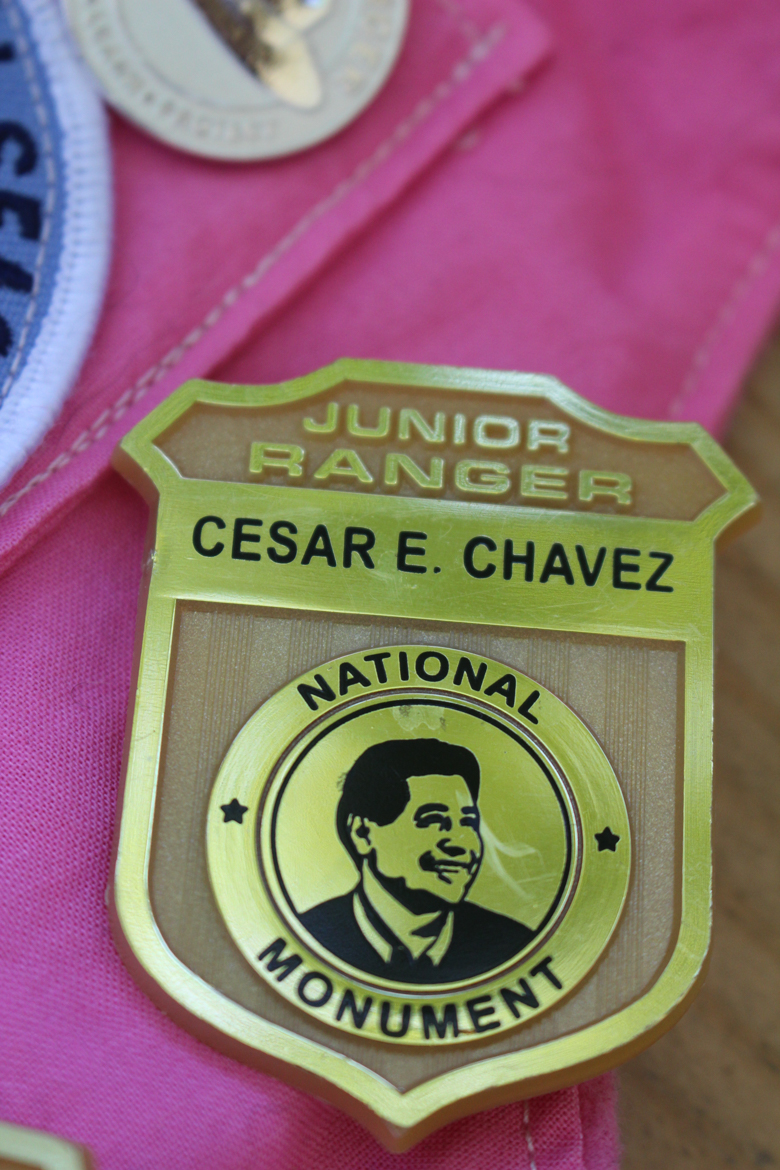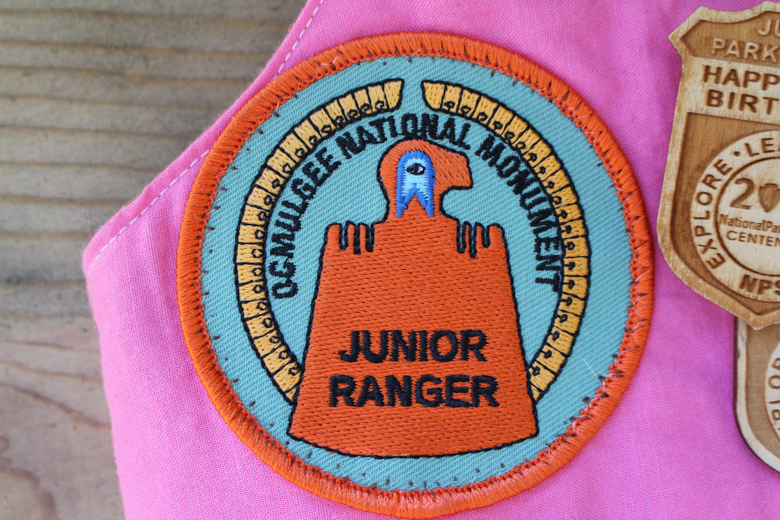In algebra right now, the older kid is studying proportions and ratios, so what better time to spend some more time on the Golden Ratio?
I introduced the kids to the basic concept of the Fibonacci Sequence and how it's calculated, then asked them to use each number in the sequence as one side of a square. They were to draw those squares on 1cm graph paper, color them in, and cut them out. I told them that they should stop only when the next square would not fit onto a single piece of graph paper, although if we did this project again, I'd tape together larger sheets of graph paper ahead of time so that they could extend the sequence further.
Here's one of the sets that the kids came up with:

Apologies for the poor lighting in these photos, but school gets done on rainy days as well as sunny!
You can make lots of pretty patterns with just these squares. And yes, I DO think that Fibonacci Sequence stacking blocks would be AWESOME!
Next, I told the kids that these squares of the Fibonacci Sequence are also a puzzle, and I challenged them to use all of their squares to make a rectangle. They're familiar with this idea from the pentominoes that we've played with.
Here is the older kid's rectangle:
And here is the younger kid's!
The kids did not confer, so I think it's interesting that both built their rectangles the same way, and neither happened upon the "spiral." In fact, when I later rearranged the pieces to show the spiral, the younger kid still didn't really see it. This is where more and larger squares would have helped by extending the pattern.
I took away the larger squares, and had the kids solve the puzzle to make a rectangle with only the three smallest:
Then I added the next piece, and again asked them to solve the puzzle:

Do this again and again, and you see how the pattern can be formed:
Beautiful, isn't it?
In related news, we were at the US Space and Rocket Center last week for the older kid's Space Camp graduation (more on that another time!!!), and in their museum, look at the display that we found!
It was particularly terrific because it extended the pattern for us to see!
I didn't look at any additional resources with the kids until after they'd worked the "puzzle," because I didn't want them to see a solution, but later in the day we watched these two YouTube videos from two of my favorite YouTube channels:
Here are some other great Fibonacci resources that we've been exploring:
And here are some more ways to explore the Fibonacci Sequence in logic, math, and art:
- Fibonacci circle art. This project is to circles what my project is to squares.
- Here's how to draw the spiral from the squares.
- Here's how to see the spiral in nature. We struggled with this for a while, and Syd is still somewhat of a nonbeliever.
This project gave inspired me to come up with some more extension ideas just for me. I think it would be really cool to design a large-format squares of the Fibonacci Sequence, print it, and glue it to foam board the way that Matt and I did with the decanomial square. Imagine how many more interesting patterns you could come up with. I also deeply need to sew a Fibonacci sequence quilt.
As if I don't already have enough dream projects on my to-do list!




























.jpg)












